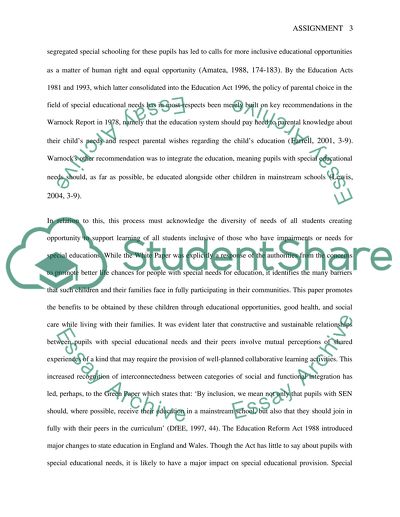Cite this document
(“Inclusion in Education Essay Example | Topics and Well Written Essays - 1500 words”, n.d.)
Inclusion in Education Essay Example | Topics and Well Written Essays - 1500 words. Retrieved from https://studentshare.org/education/1516033-inclusion-in-education
Inclusion in Education Essay Example | Topics and Well Written Essays - 1500 words. Retrieved from https://studentshare.org/education/1516033-inclusion-in-education
(Inclusion in Education Essay Example | Topics and Well Written Essays - 1500 Words)
Inclusion in Education Essay Example | Topics and Well Written Essays - 1500 Words. https://studentshare.org/education/1516033-inclusion-in-education.
Inclusion in Education Essay Example | Topics and Well Written Essays - 1500 Words. https://studentshare.org/education/1516033-inclusion-in-education.
“Inclusion in Education Essay Example | Topics and Well Written Essays - 1500 Words”, n.d. https://studentshare.org/education/1516033-inclusion-in-education.


